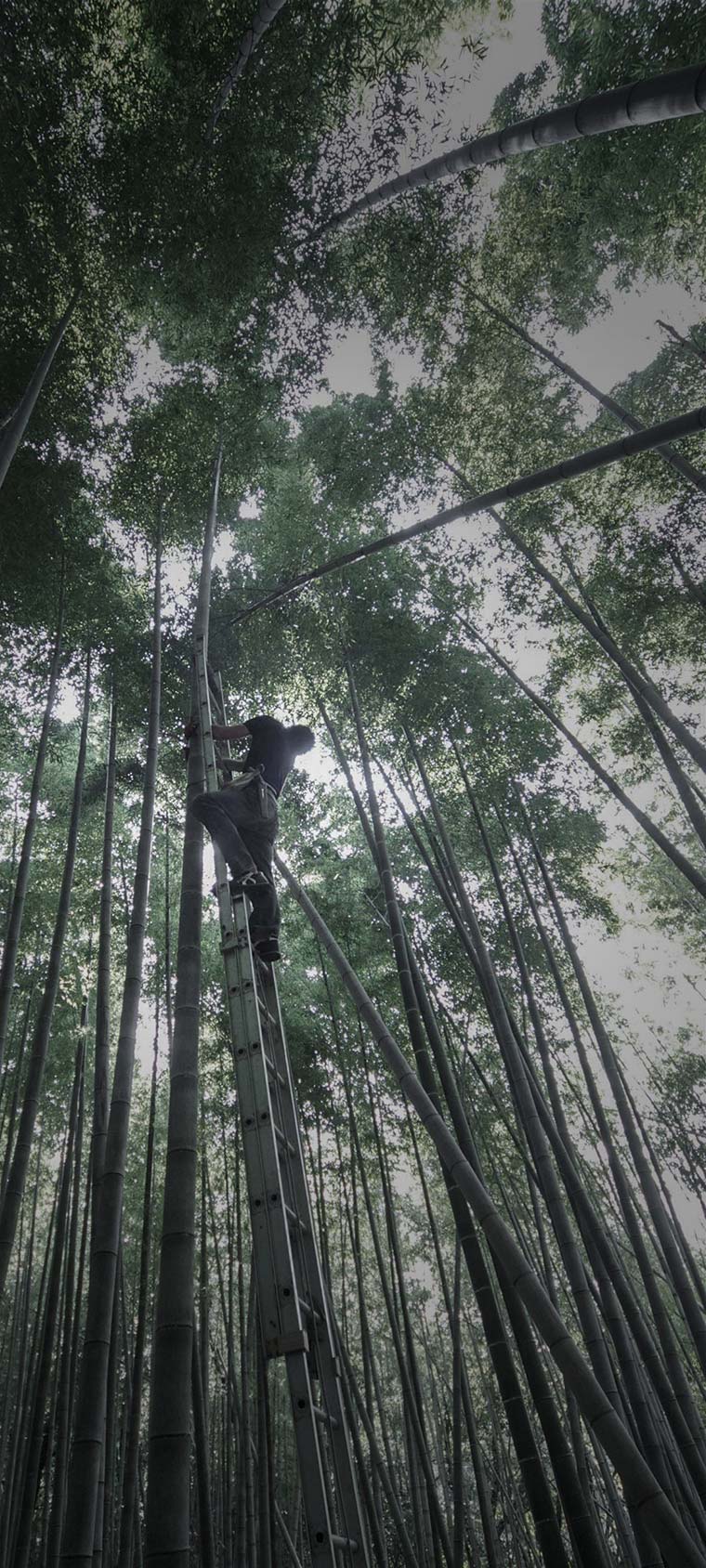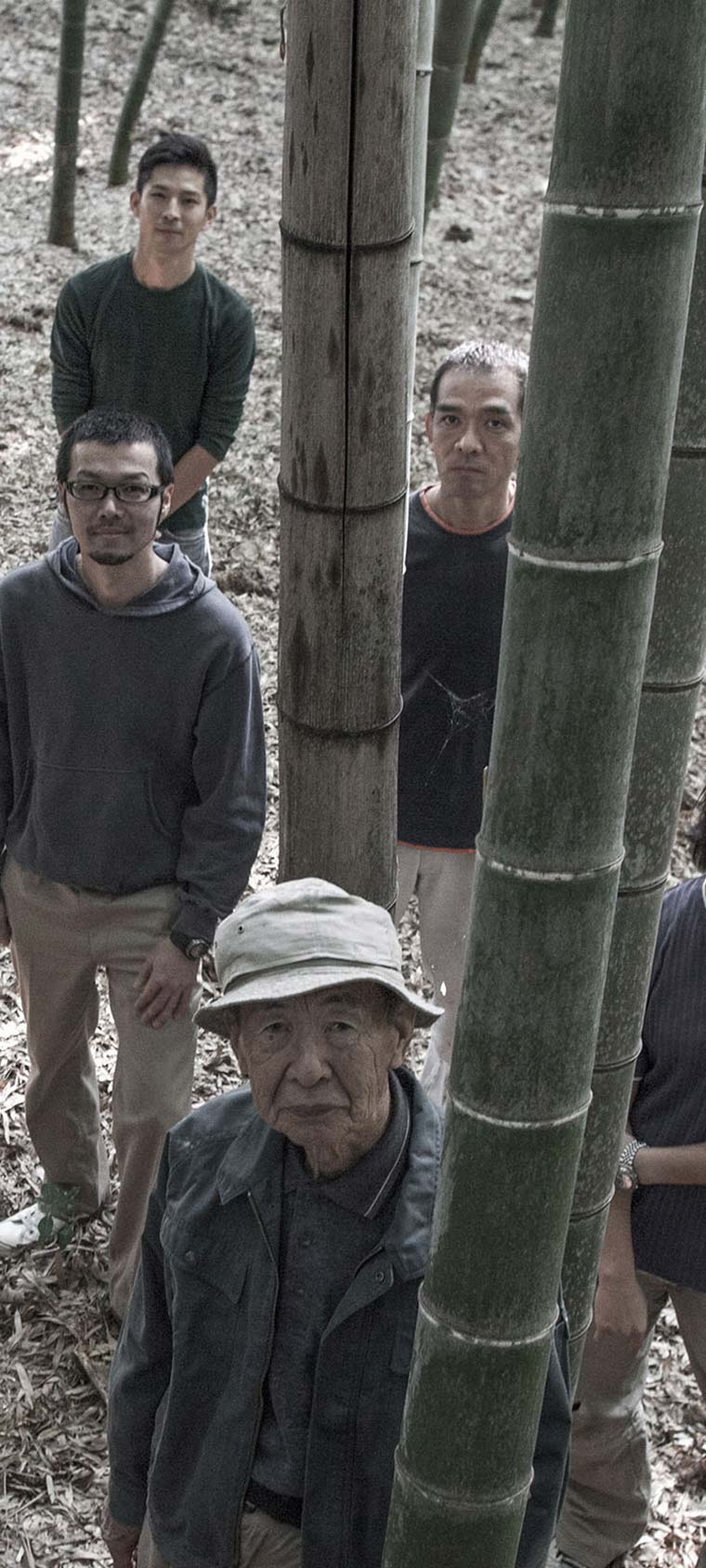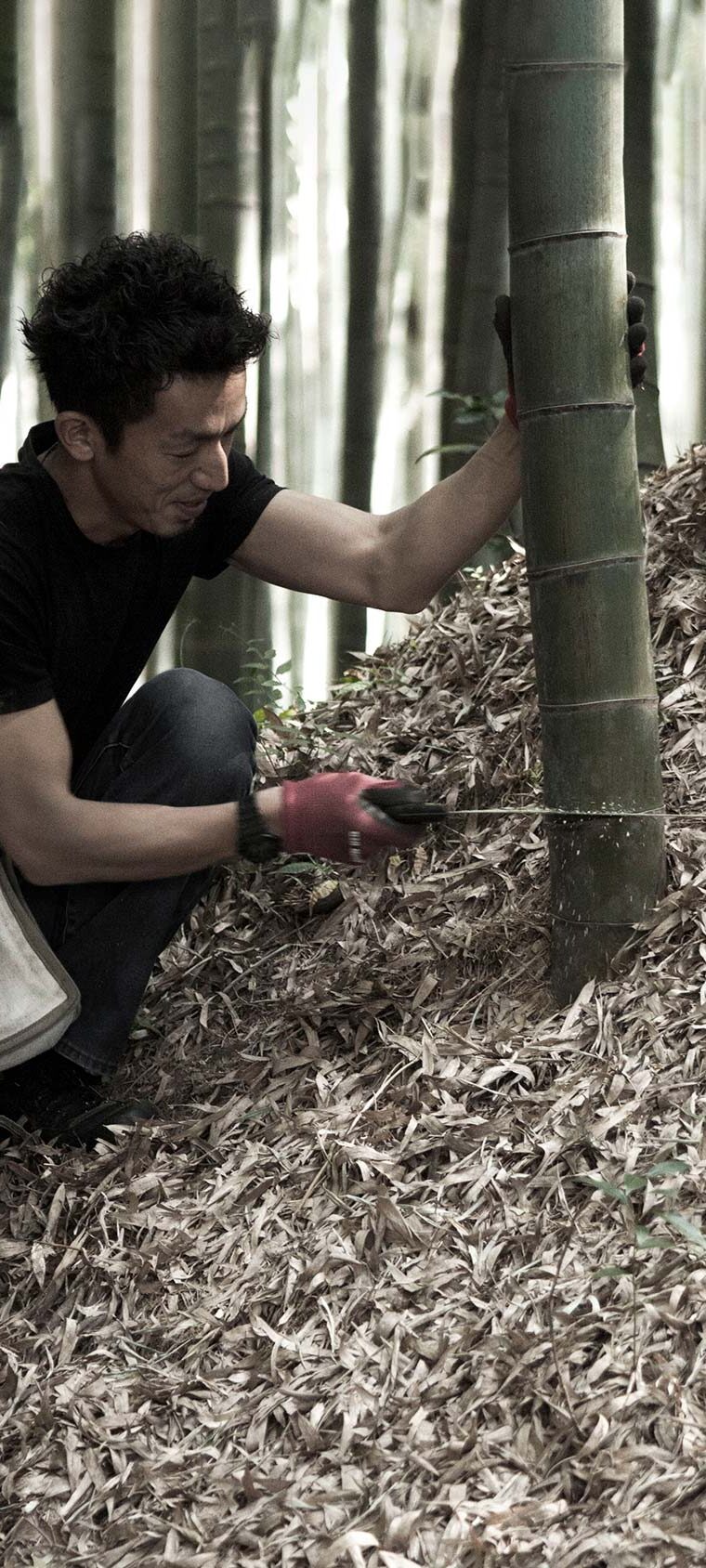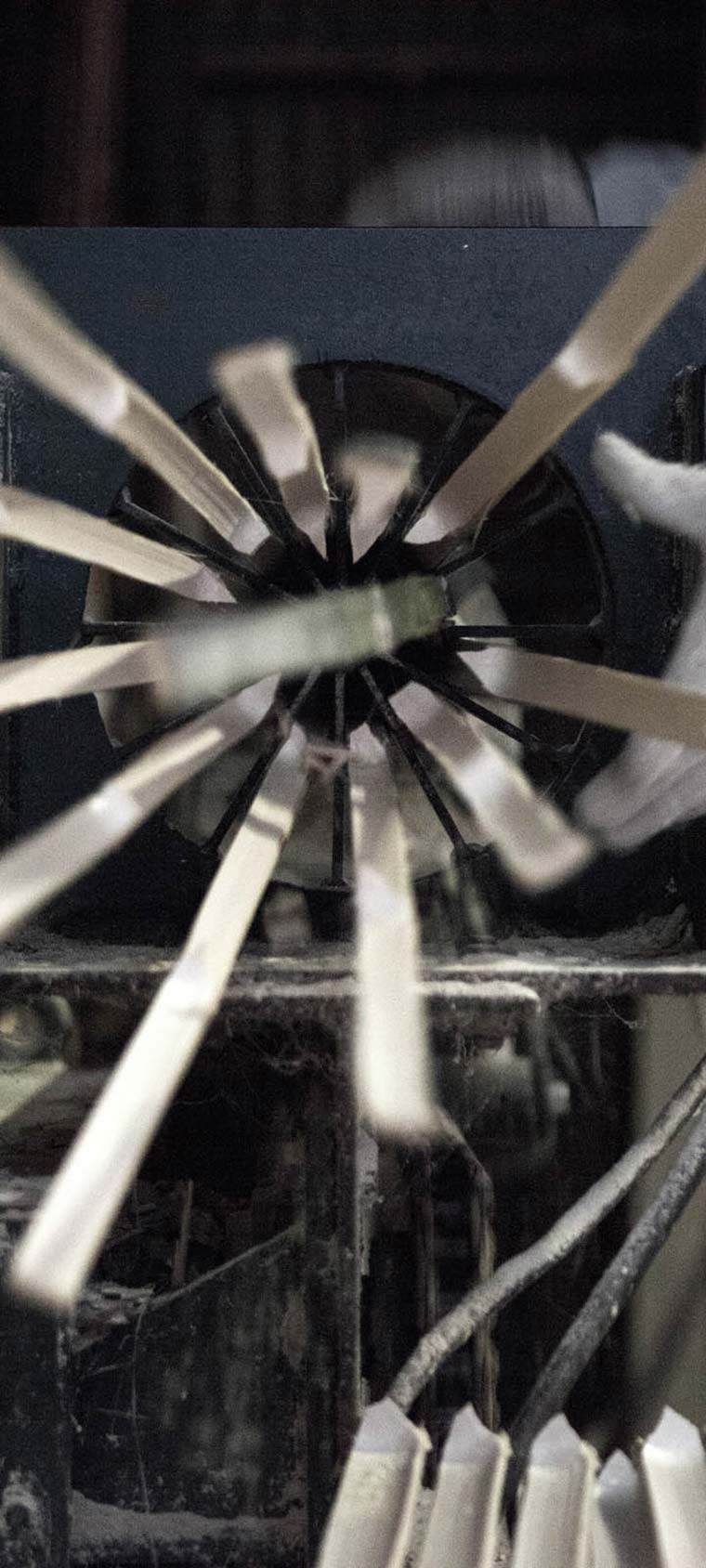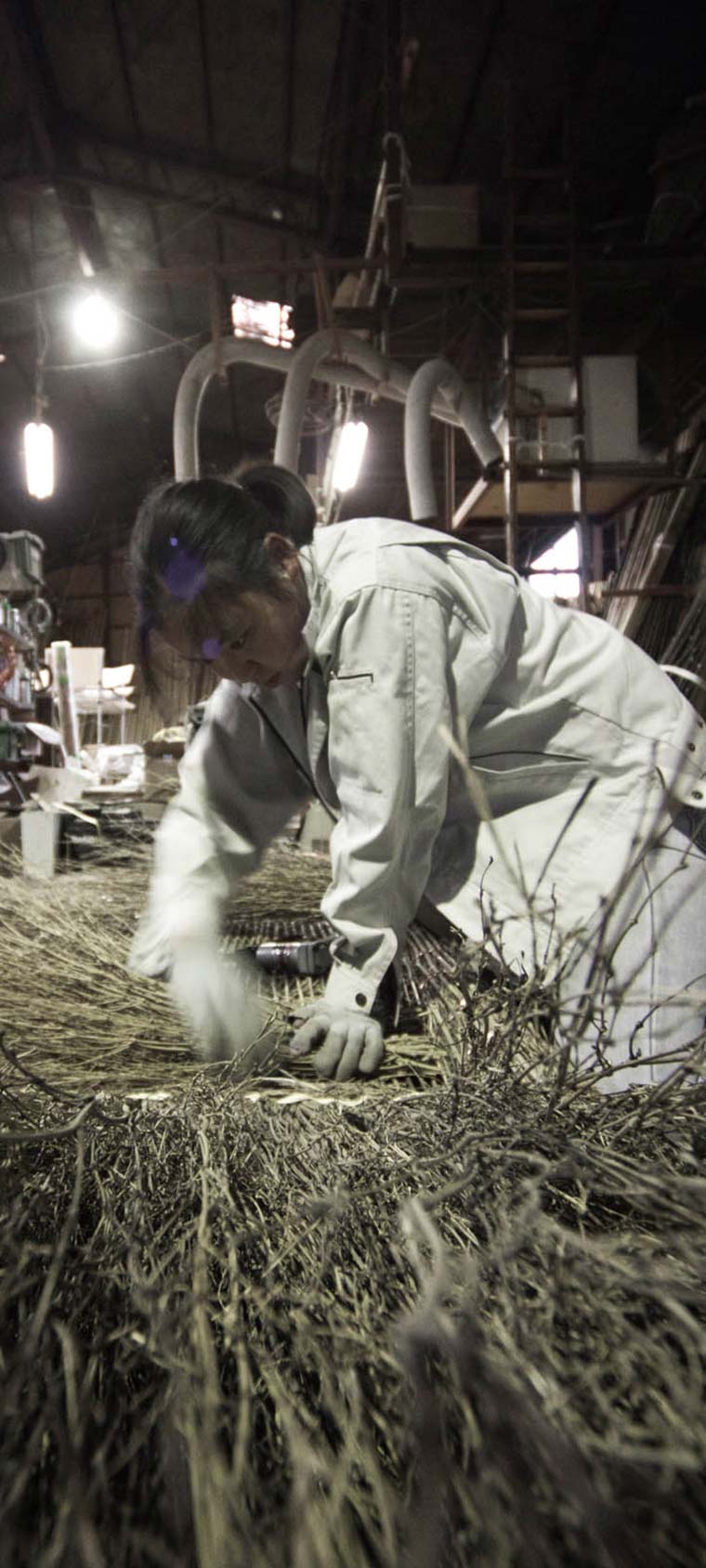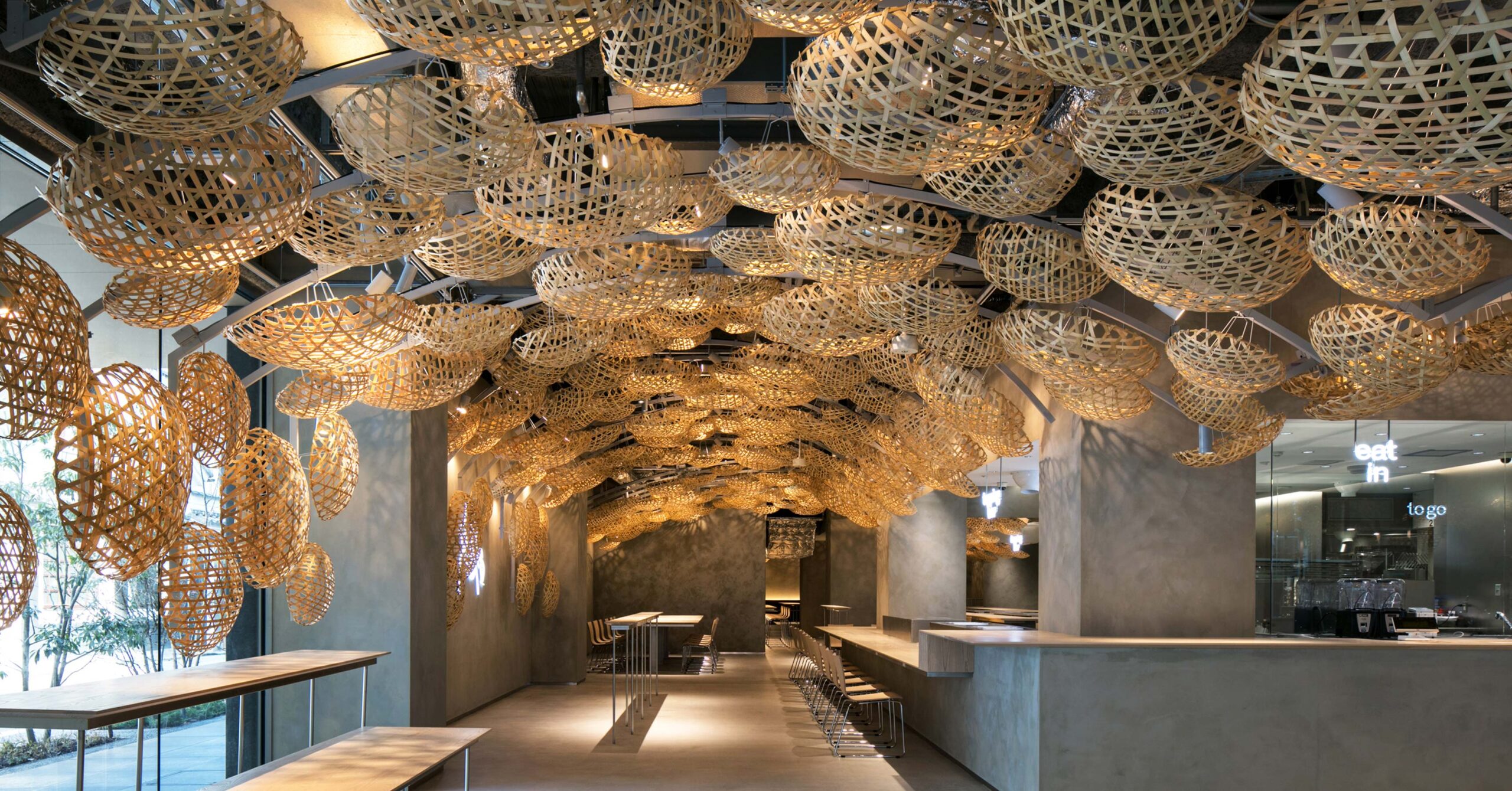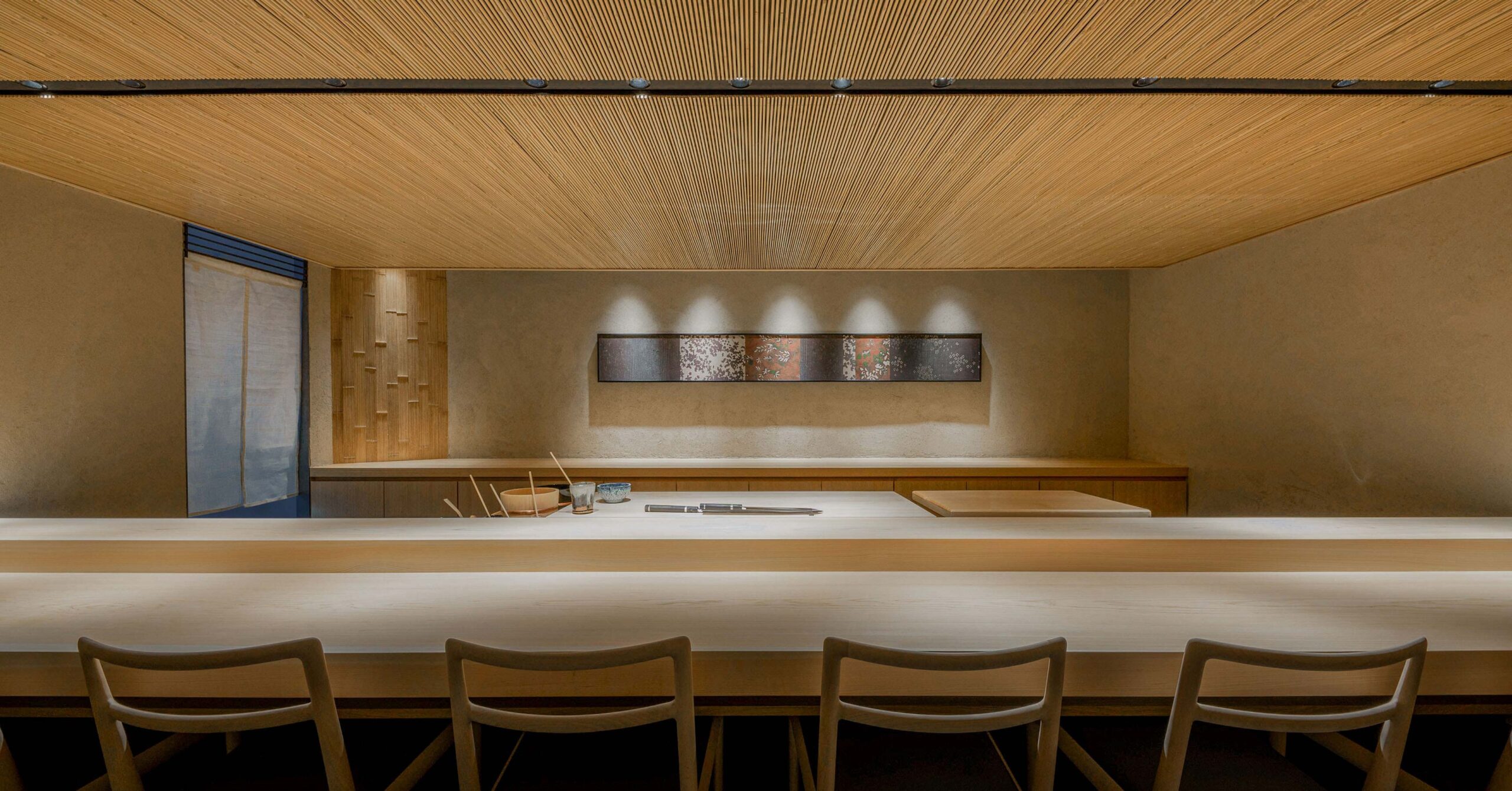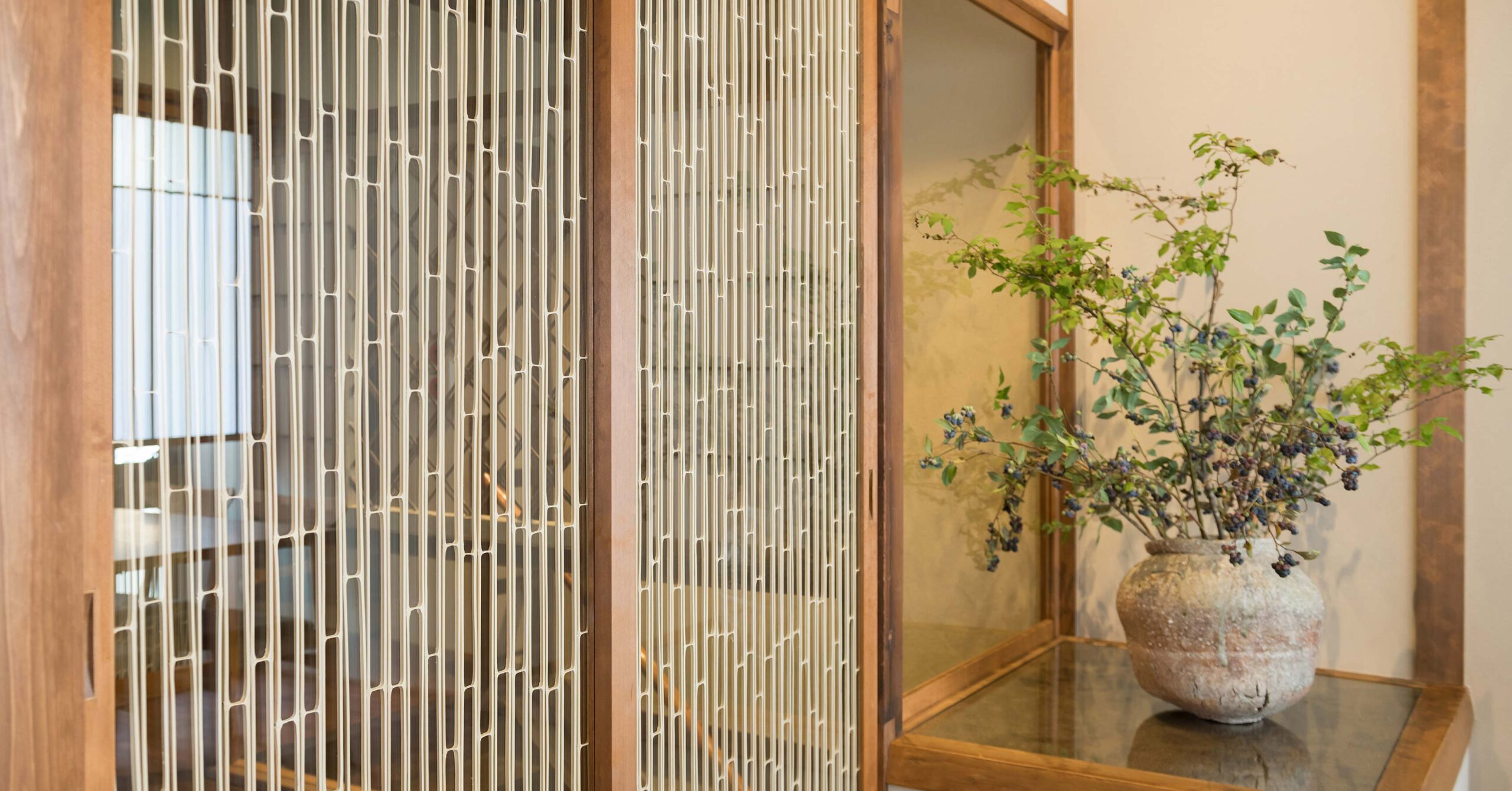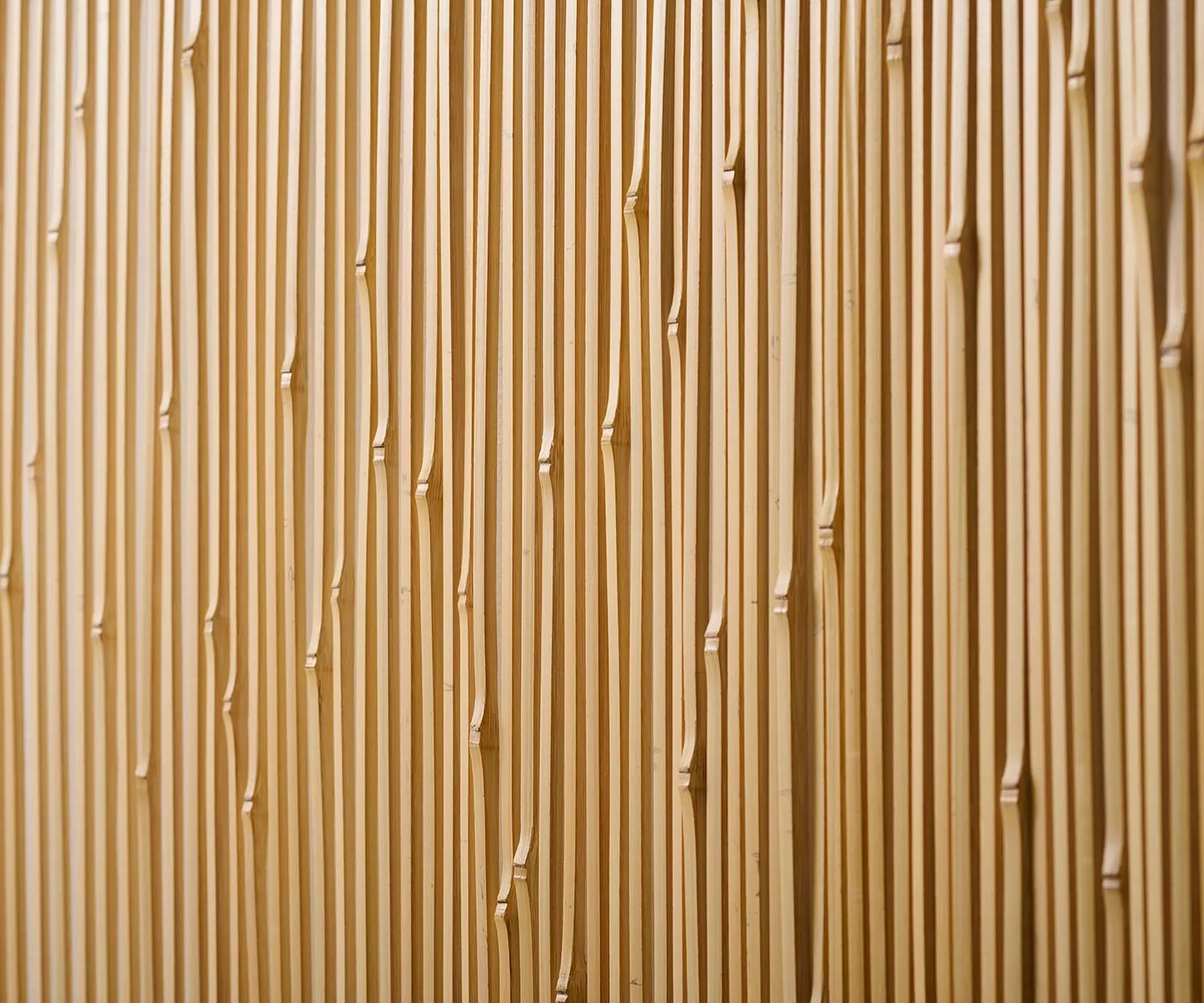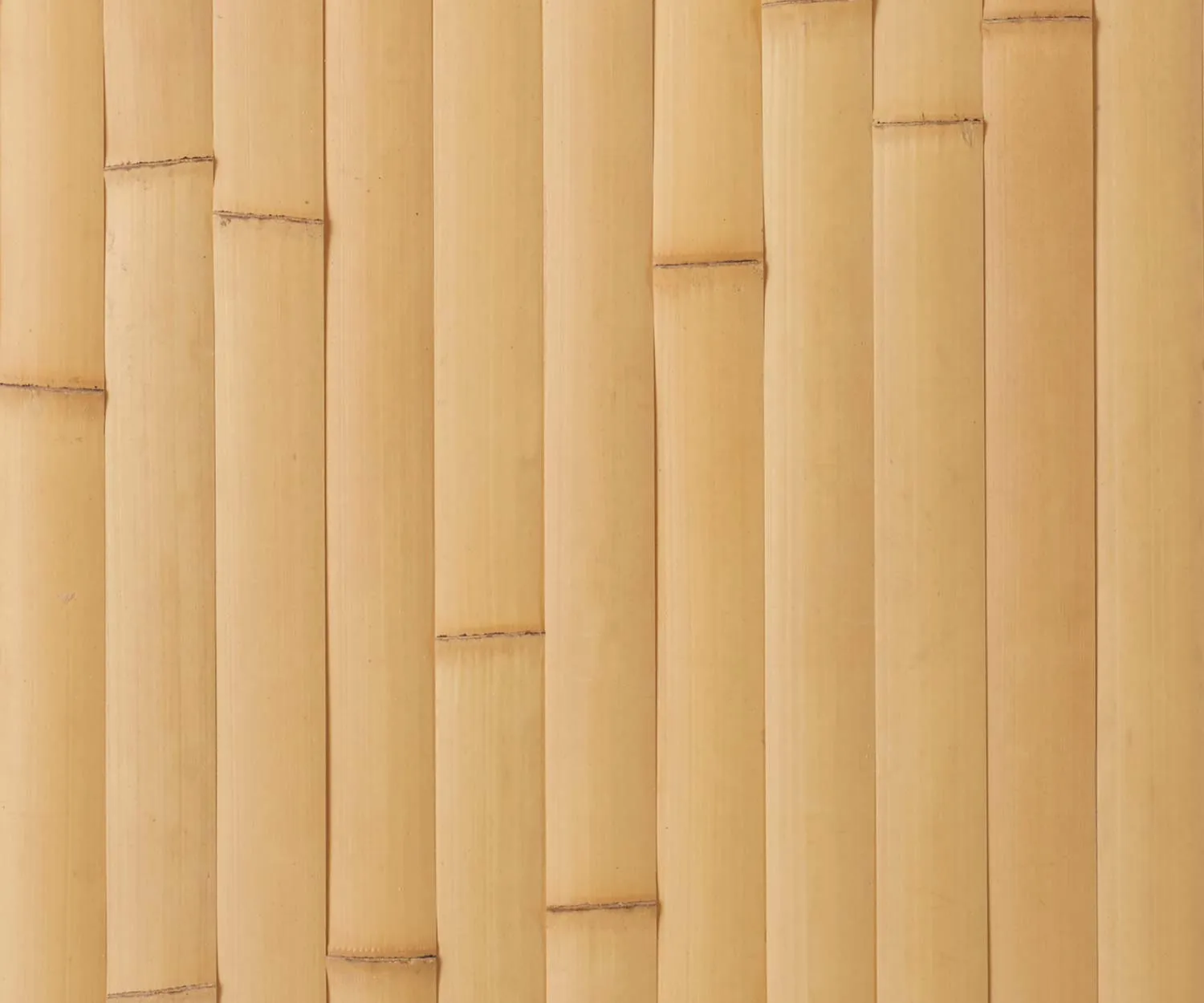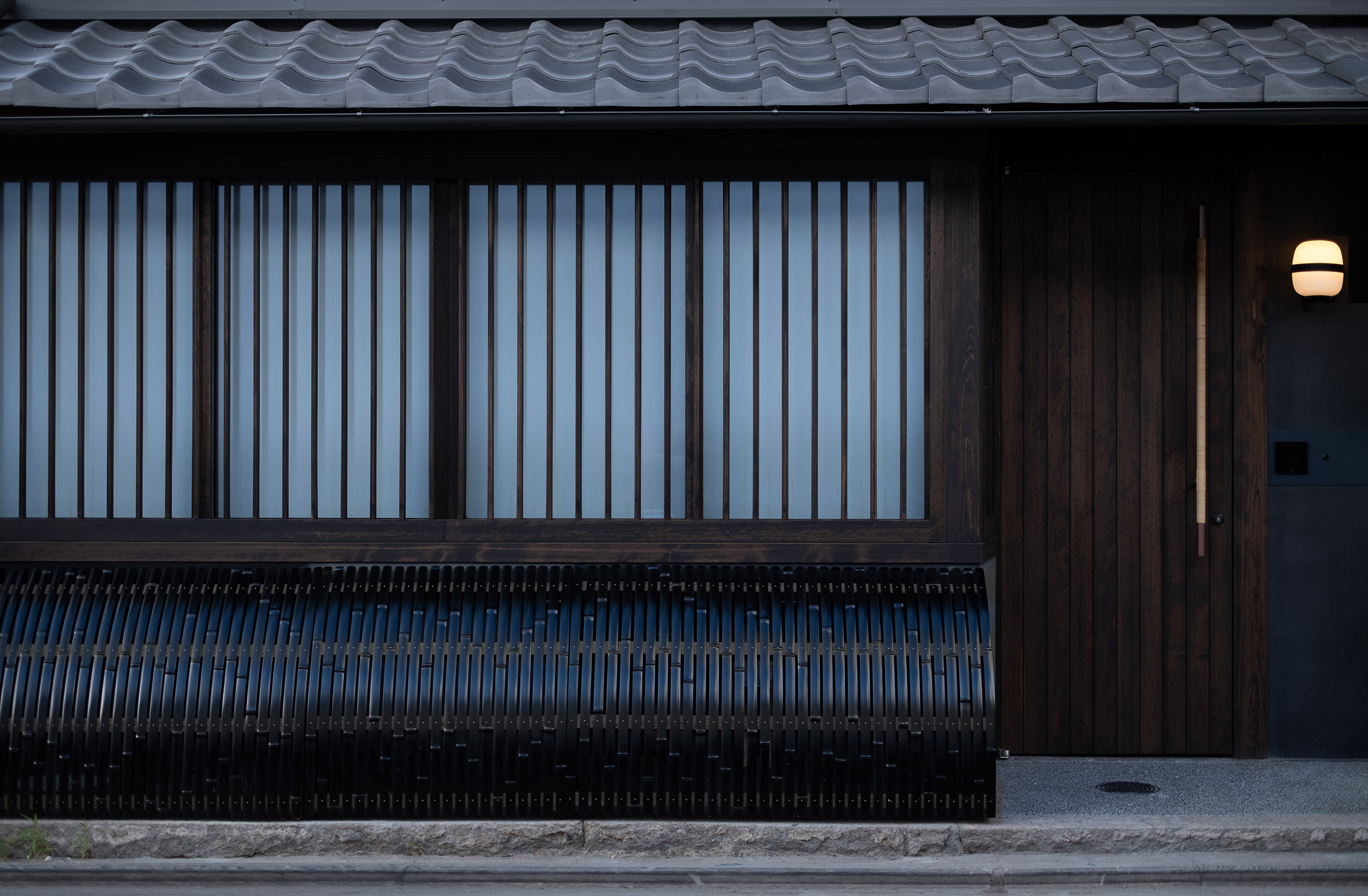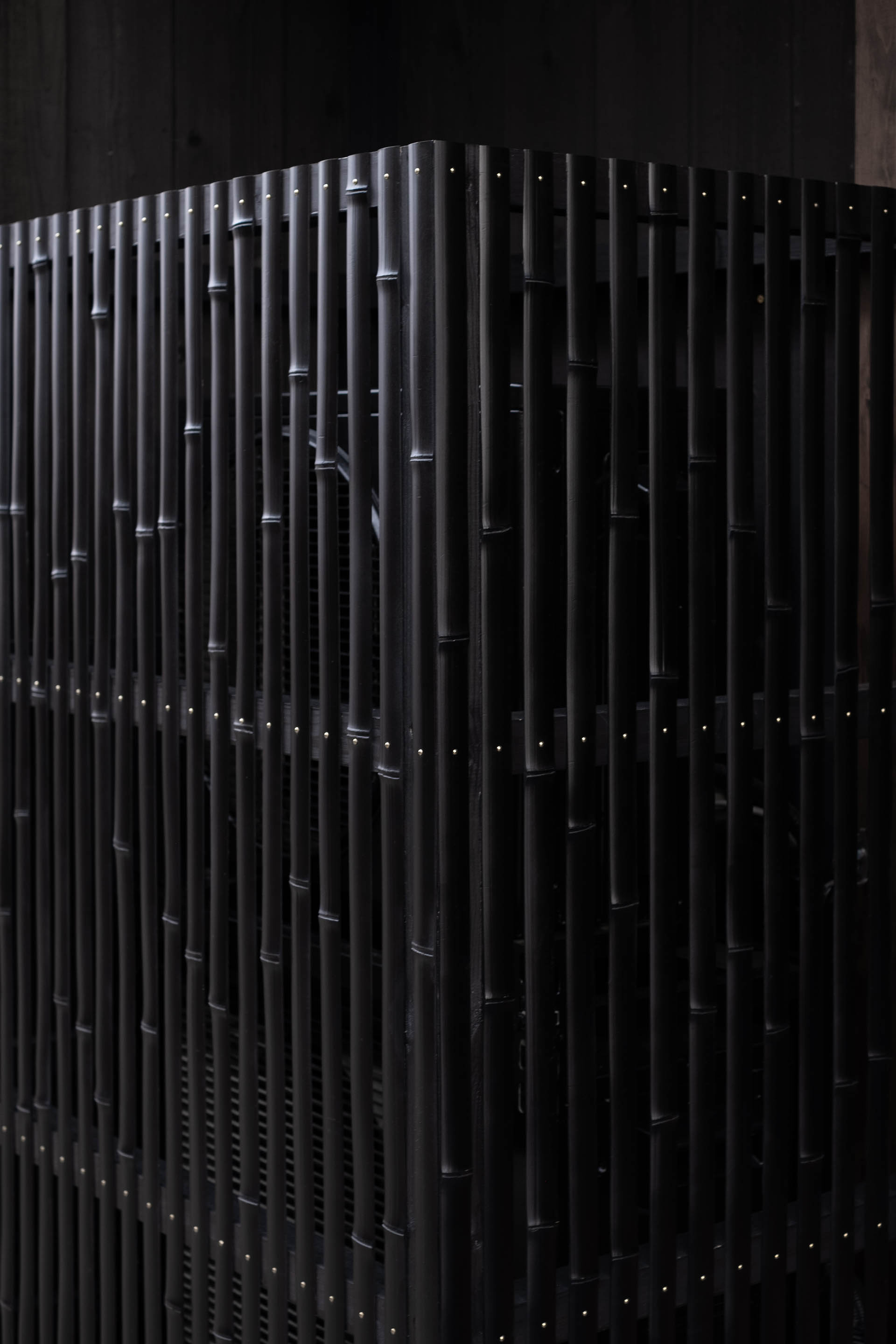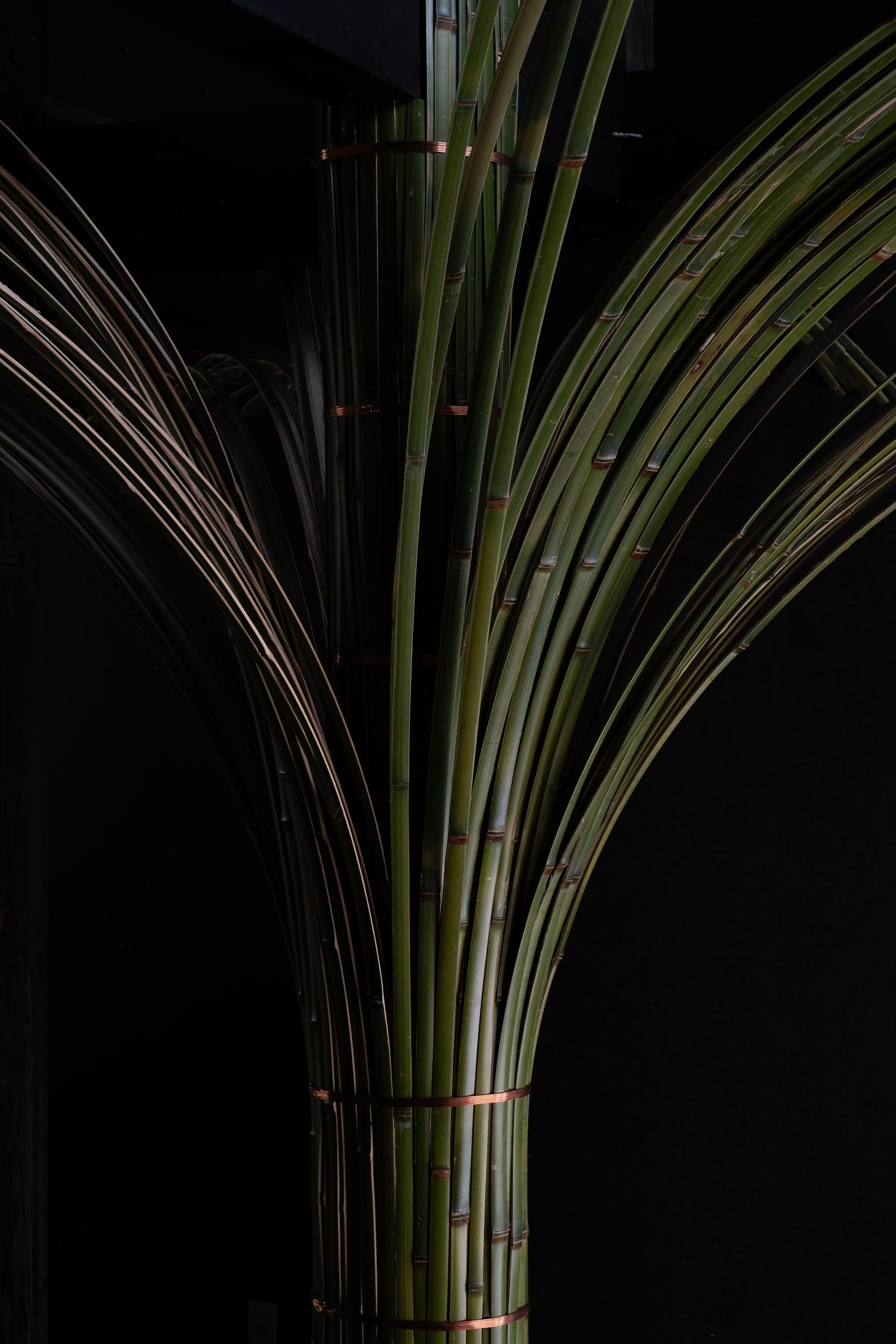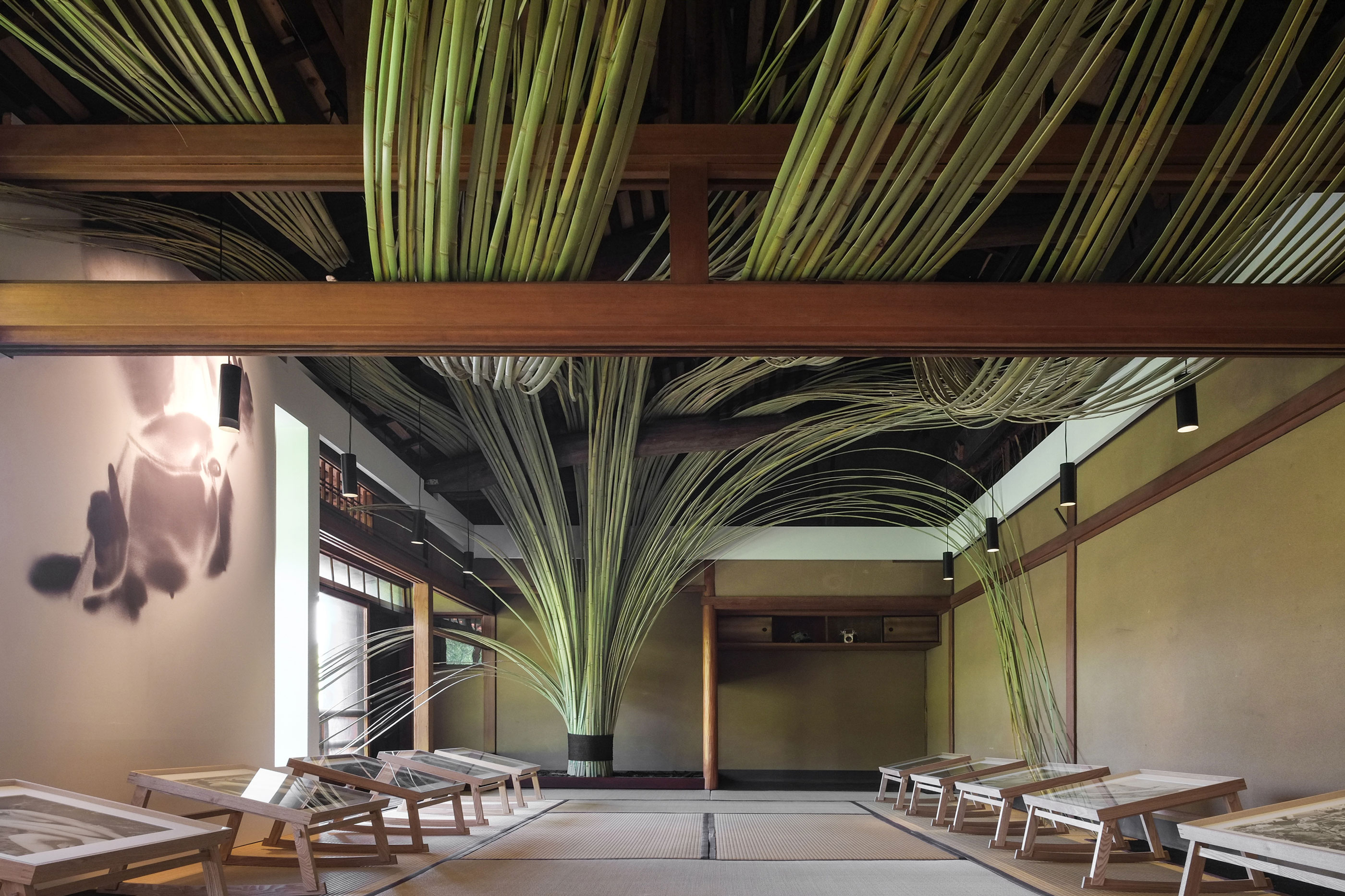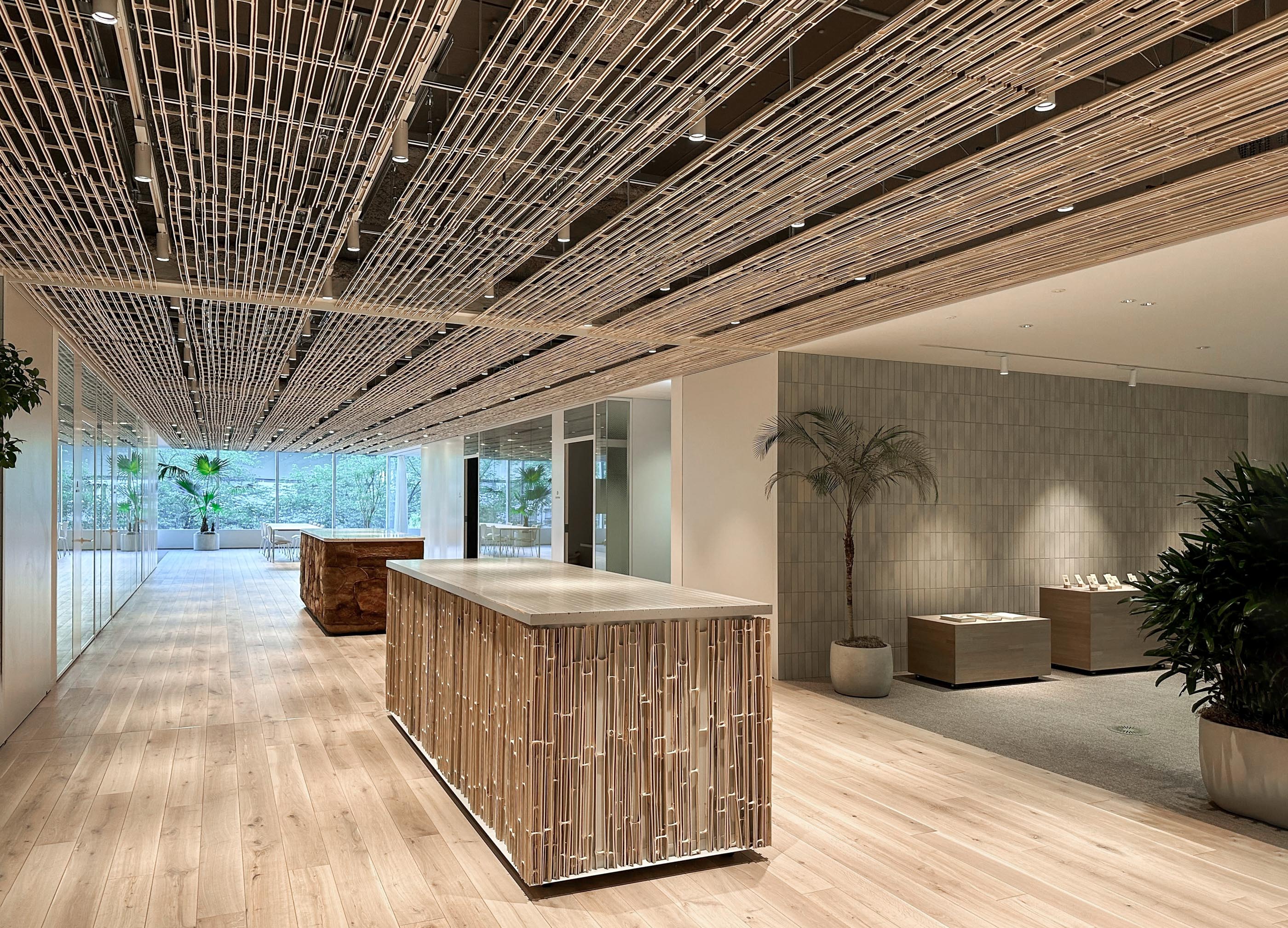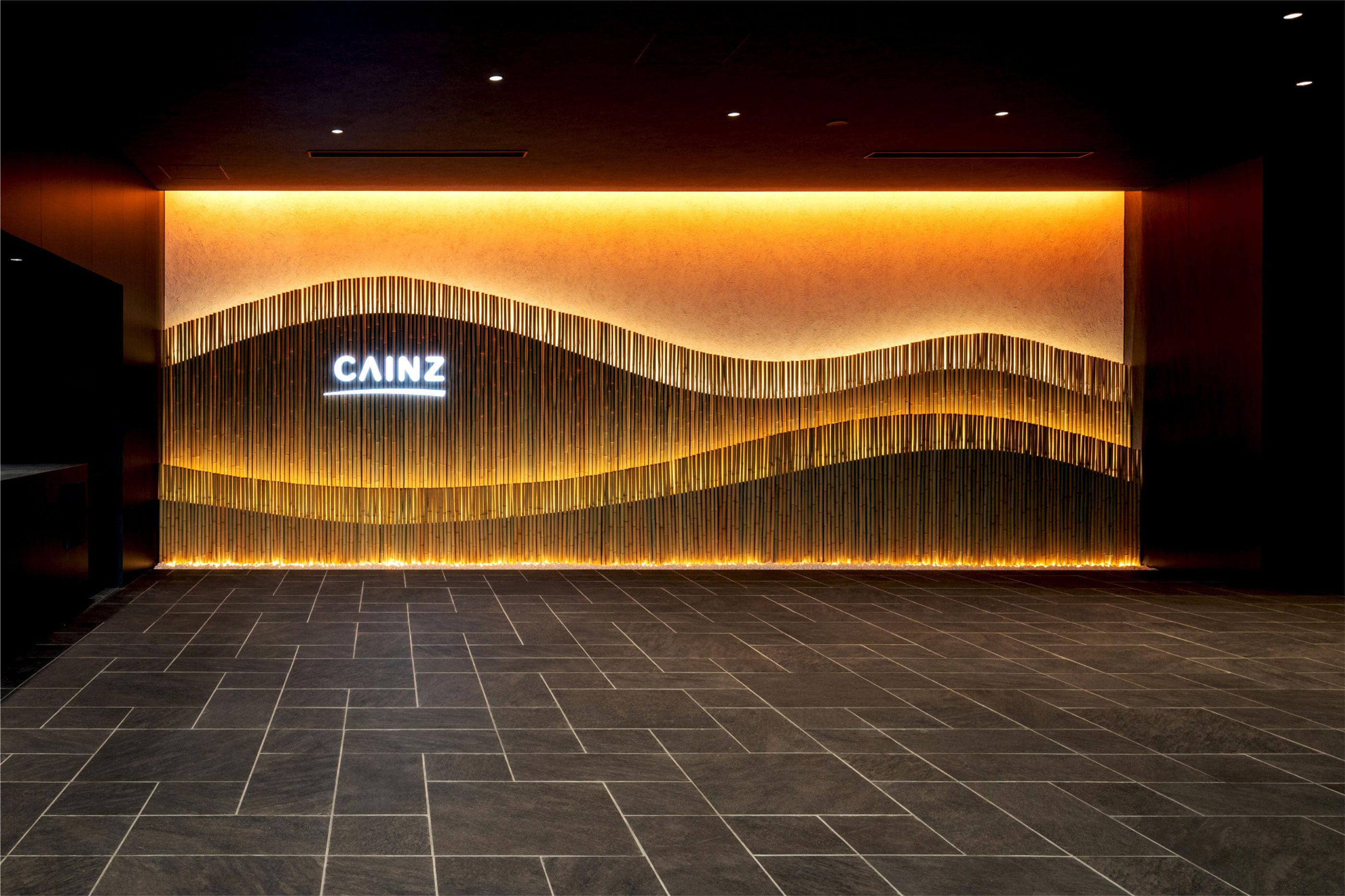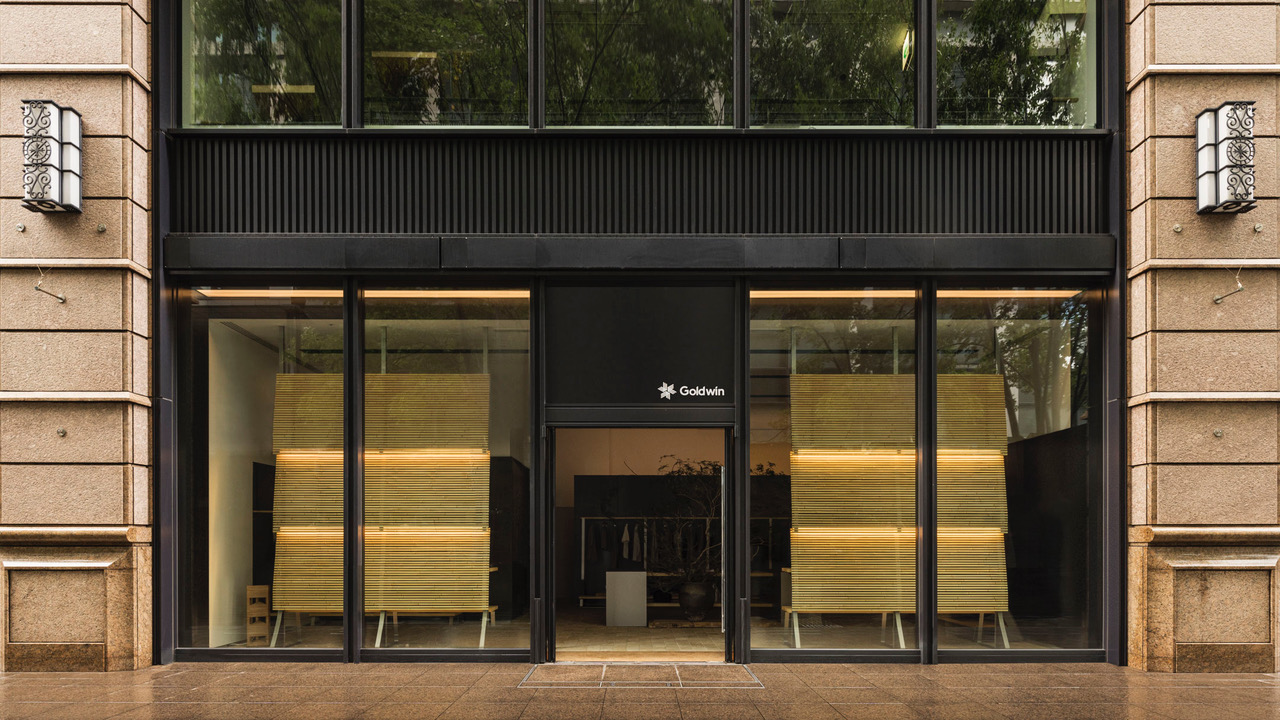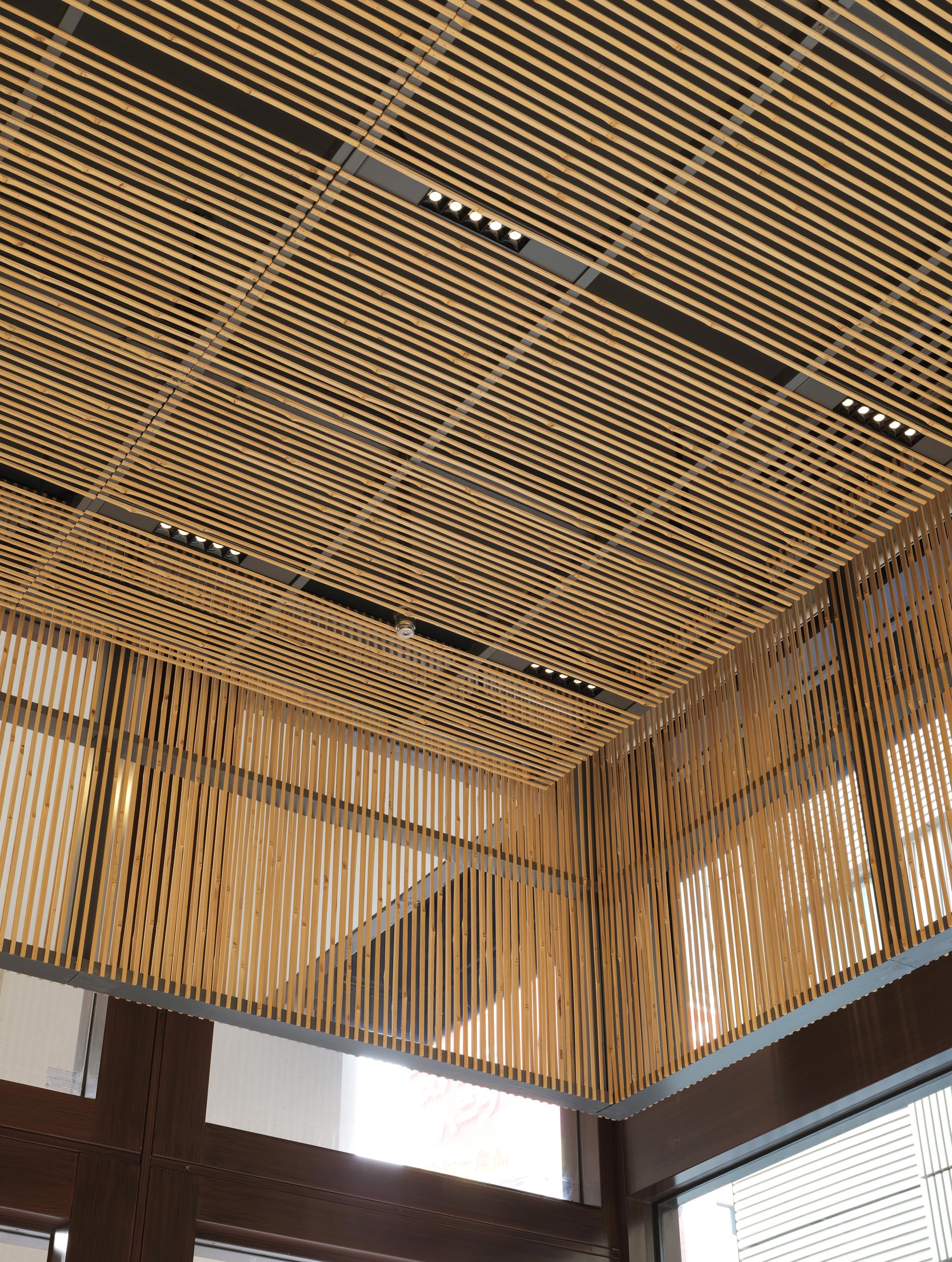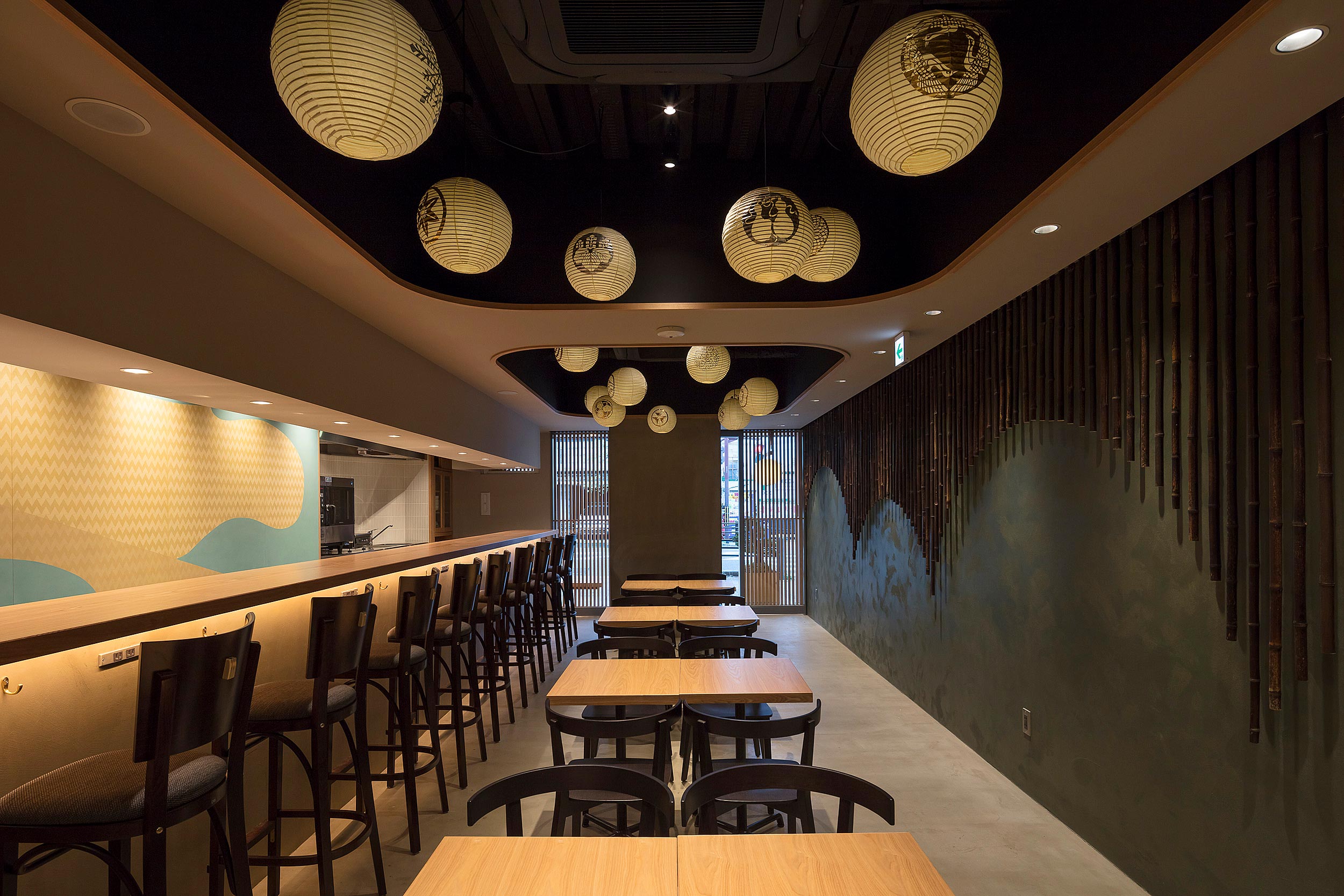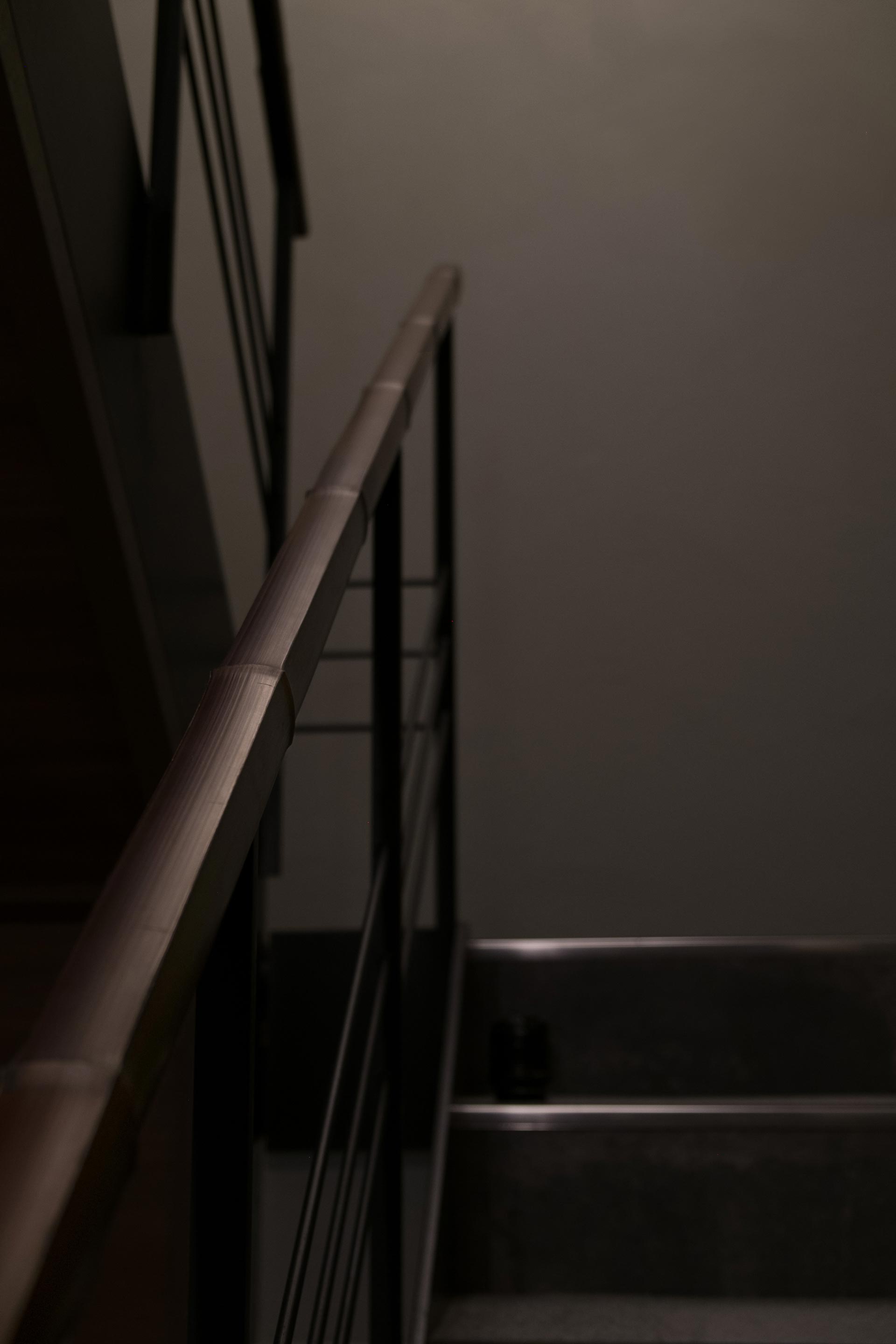Kyoto bamboo artisans,
in lifelong dialogue,
shaping seasonal harmony.
Since ancient times, the Japanese have lived in deep harmony with bamboo.
From the interiors and exteriors of traditional homes to everyday tools, bamboo has long supported daily life - and in the refined worlds of tea ceremony and garden design, it remains an irreplaceable presence. Graceful yet strong, delicate yet resilient, with a natural luster all its own, bamboo takes on new life in the hands of master artisans - transformed into timeless creations that continue to captivate and inspire.
Featured Products
-
Masawari (Center-Split Bamboo)

A bamboo material created by shaving down both sides of a round culm to reveal both the outer skin and cross section. The natural irregularity of the nodes gives each piece a unique character, adding lightness and visual rhythm to interior spaces. Ideal for partitions, sliding screens, and other applications where the interplay of light and shadow enhances the atmosphere.
See more -
Sumushiko (Slatted-Screens)

Traditional Slatted-screen made by aligning slender bamboo slats at regular intervals and fixing them with horizontal rails. Known for its filigree and airy aesthetic, sumushiko is well-suited for partitions, ceilings, and furniture, adding refinement through simplicity and craft.
See more -
Bamboo Panels

Panels made by arranging split bamboo - such as hirawari (flat-split) or hanwari (half-split) - onto plywood backings. These surface materials allow for broader application and are widely used in walls, ceilings, and custom installations, bringing the warmth and texture of bamboo into architectural settings.
See more -
Shinari

Shinari is a series of site-specific installations by Takesada Shoten that explore the expressive potential of bamboo in space. Crafted entirely from flat-split bamboo slats, each work brings graceful curves and a flowing rhythm into its surroundings. Designed by Oliver Franz, every piece offers a unique expression of bamboo’s natural curvature, tailored to its environment.
See more
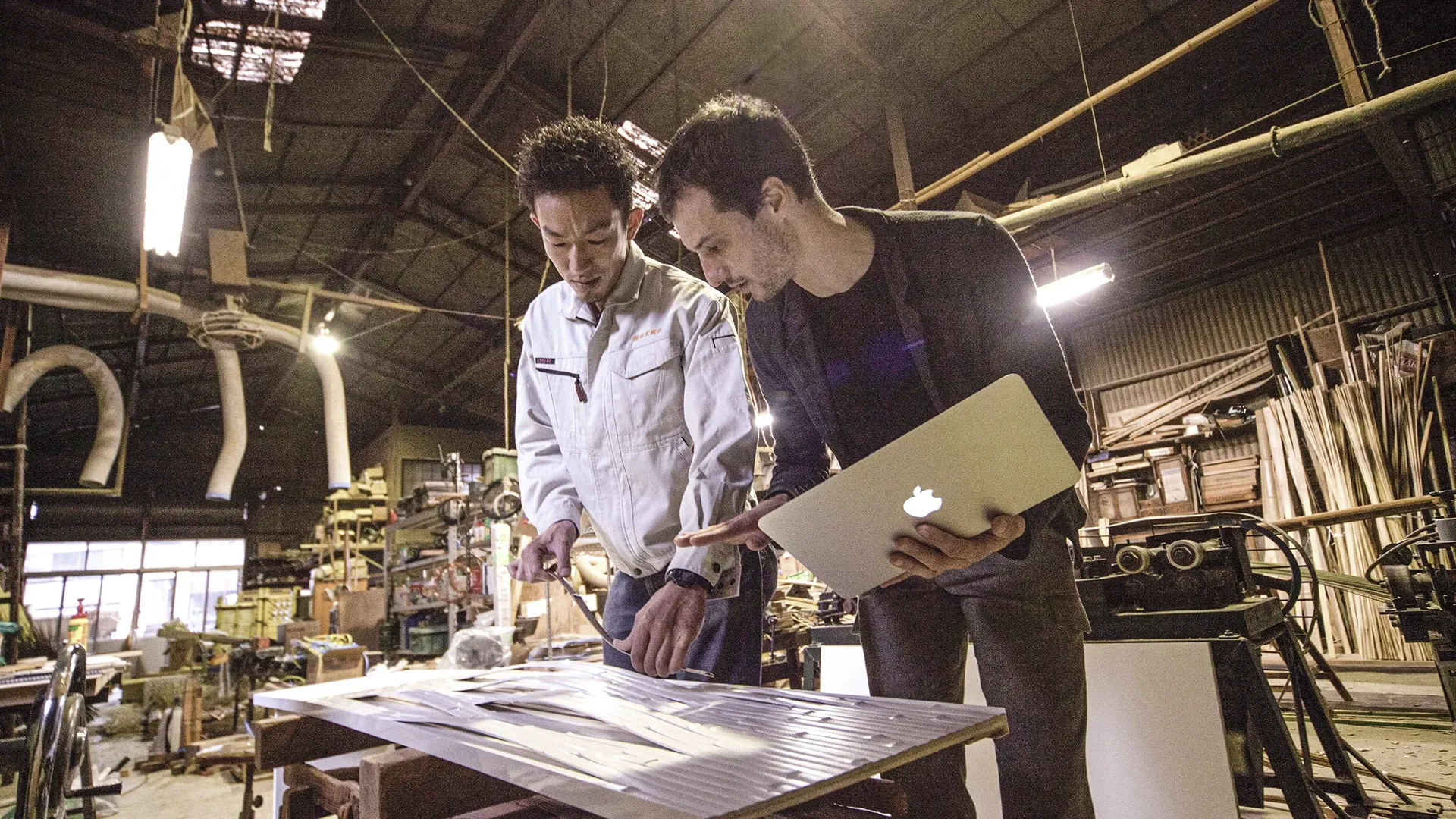
Crafting Bamboo Spaces with Dexterity and Aesthetic Sensibility
At Takesada Shoten, we are one of the few bamboo workshops in Japan that handle every stage of the process in-house - from cultivating and harvesting bamboo to design, manufacturing, and on-site installation.
We cater to a wide range of clients, from architects and designers to discerning private individuals, offering three modes of production: made-to-order adjustments, architect-designed productions, and fully bespoke designs.
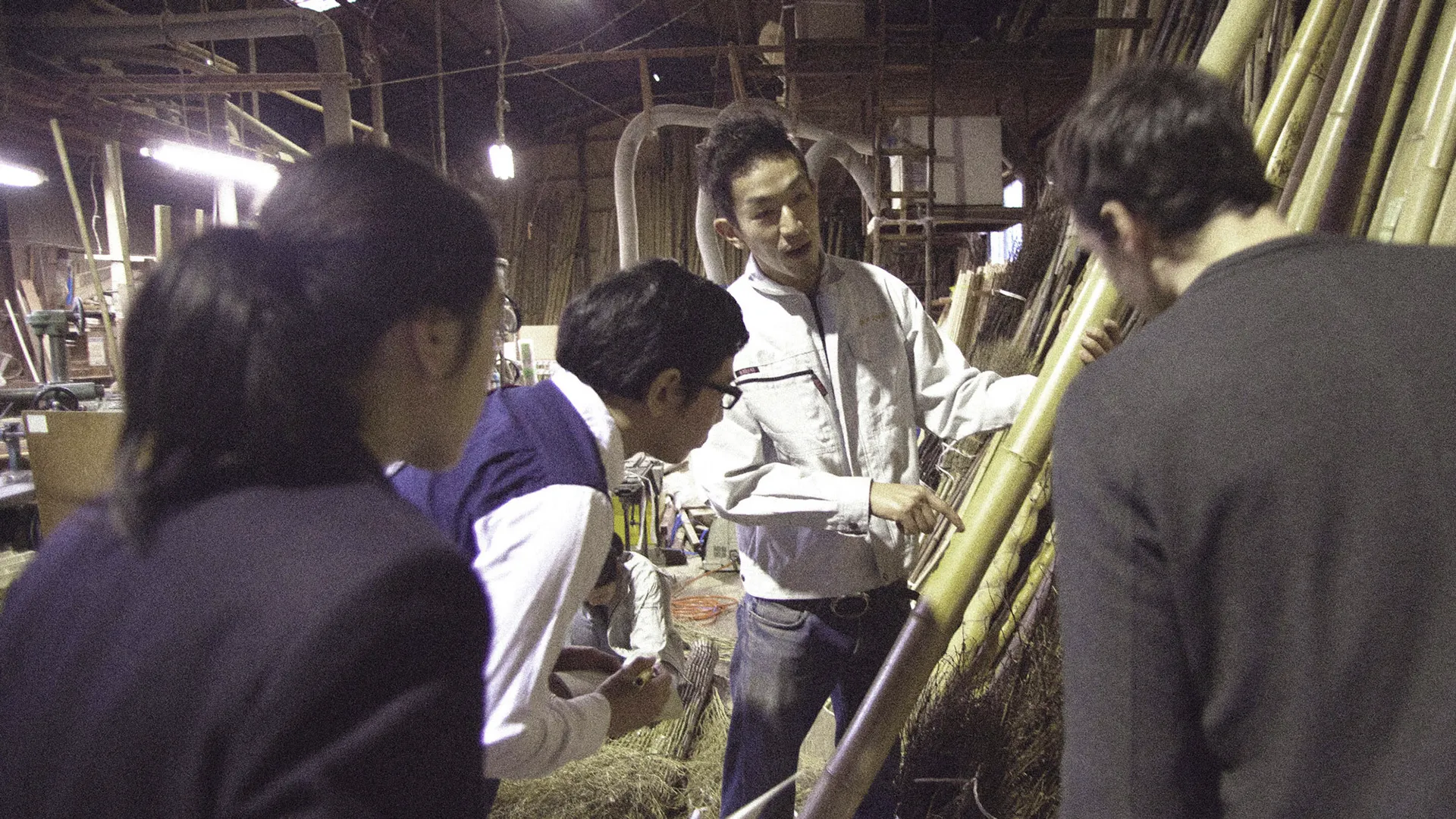
While we take pride in preserving traditional craftsmanship, we also incorporate digital technologies such as 3D CAD modeling and 3D printing when appropriate, in order to bring out the full beauty of the material with care and precision.
We also offer support in English, French, and German, ensuring smooth communication with our international clients.
Let us create something truly unique together - born from a fusion of skill, creativity, and a shared vision.
Gallery
In our inspirational gallery, you can learn more about the world of bamboo and its creation through the themes of “Achievement Details”, ‘Technology’, and “Seasonal List”. We truly look forward to sharing our passion for this multifaceted material, bamboo, with you.
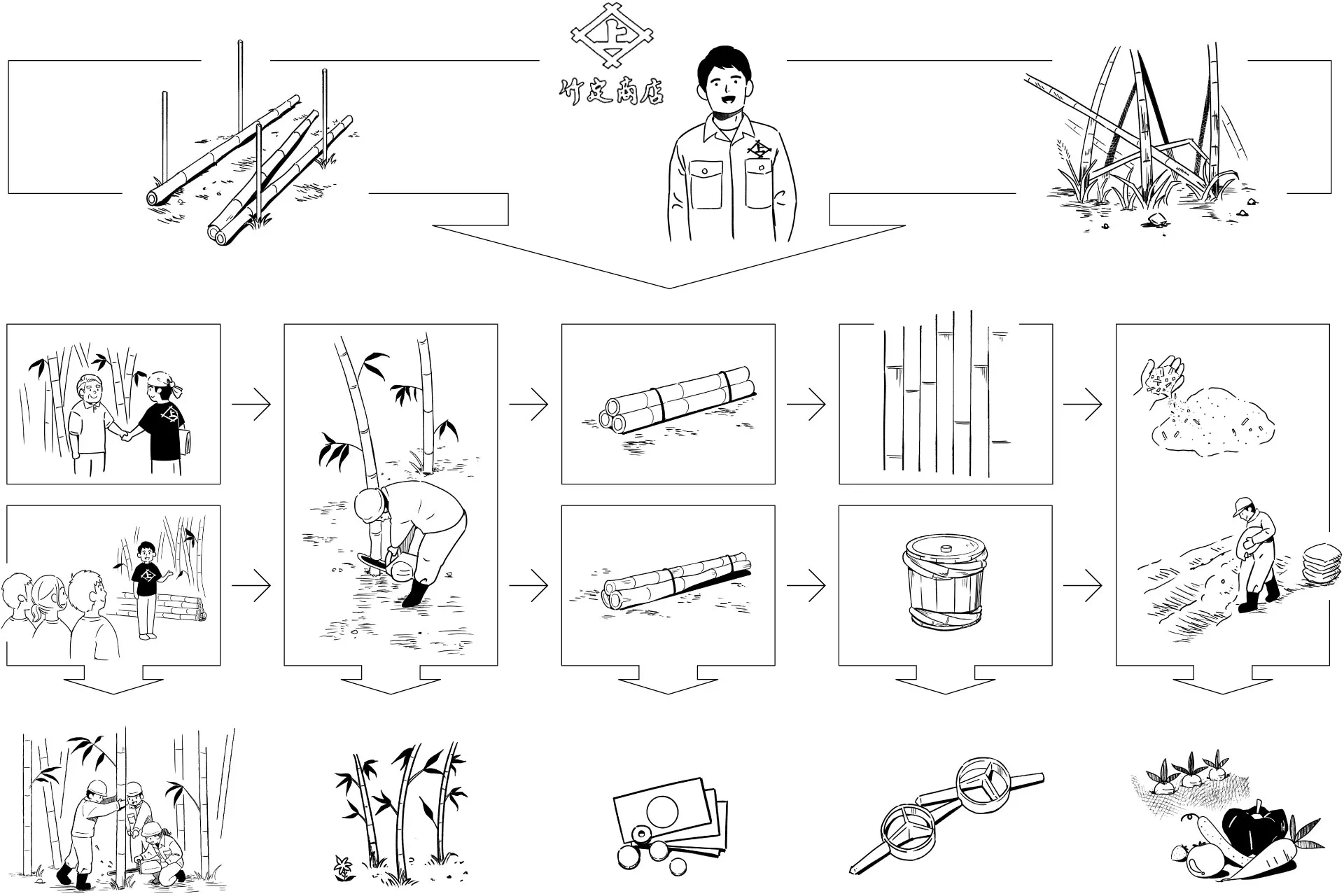
Sustainability
At Takesada Shoten, we are dedicated to the sustainable use of bamboo through our Bamboo Community Initiative.To address the growing issues of aging forestry workers, a lack of successors, and the spread of unmanaged bamboo groves, we lease bamboo forests from local landowners and train new harvesters - known as kiriko. These trainees learn essential harvesting techniques, and we are committed to purchasing all the bamboo they harvest for use in our products.
We also ensure that nothing goes to waste: offcuts from processing are repurposed as soil improvers, creating a circular system where every part of the bamboo is put to use.Through this initiative, we are building a sustainable model that not only revitalizes local bamboo resources but also passes them on to future generations.
See more


